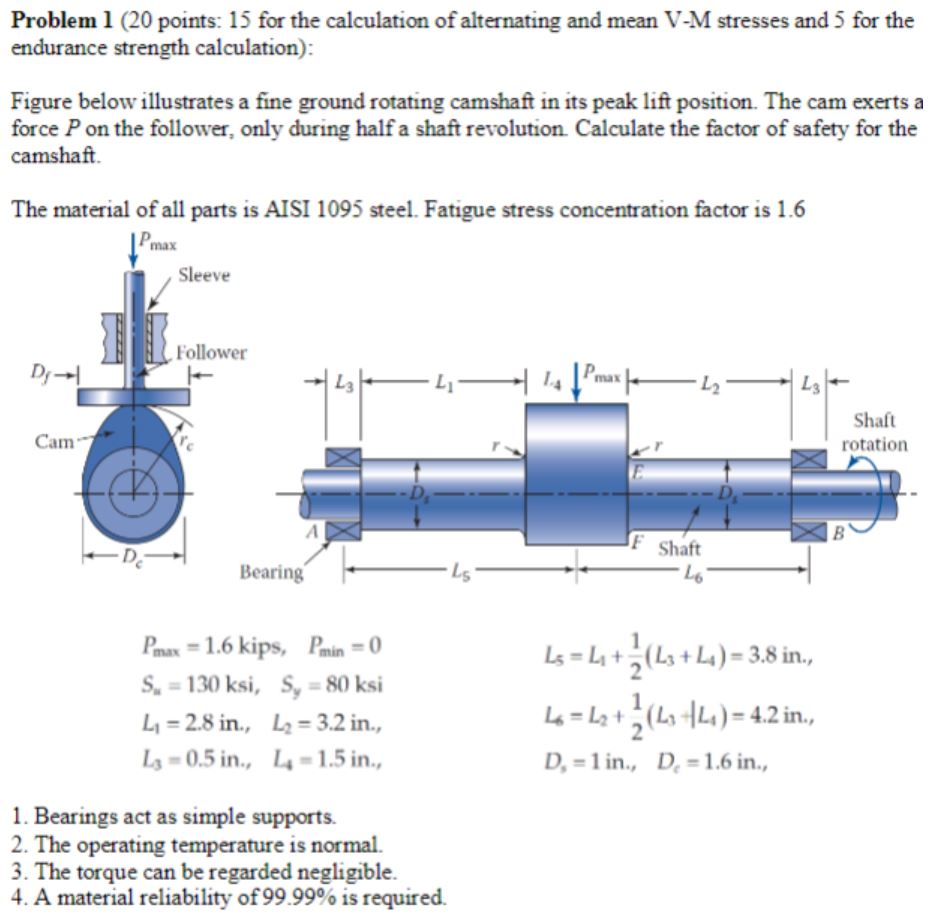
To calculate engine displacement in cubic inches, multiply the cylinder volume times the number of cylinders.Įngine Displacement = Cylinder Volume x Number of CylindersĬhevy 350 example: 43.73 x 8 = 349.8 cubic inches, which everybody rounds up to 350 cubic inch displacement (cid). Here’s an example using a stock Chevy 350 V8 with a bore diameter of 4.000˝ and a stroke of 3.480˝: 4.000 x 4.000 x 0.7854 x 3.480 = 43.73 cubic inches per cylinder. Once you have the bore and stroke numbers, you can calculate cylinder volume (also called “piston displacement”) using the cylinder volume equation: The distance between the two positions is stroke. Position your measuring tool on the top of the journal, then rotate the crank so the journal is all the way down. Rotate the crank on a support stand so one of the rod journals is all the way up.

You can also measure stroke on the crankshaft itself. The crank is then rotated 180 degrees to move the piston to Bottom Dead Center (BDC). Stoke is measured by rotating the crank so the piston is at Top Dead Center (TDC). Stroke is the distance the piston travels from the bottom to the top of the cylinder. Excessive taper (more than a few thousandths in a stock engine, and even less in a performance engine) will flex the rings in and out with every stroke and increase the risk of ring breakage at high rpm. Bores that are out-of-round or have excessive taper (more wear at the top than the bottom) will not seal well, leak compression and burn oil. Measuring cylinder bore diameters (all of them) will also tell you if the bores need to be reconditioned. This bit of information is absolutely essential to correctly match replacement pistons and rings to the bores. Stock engines can usually tolerate a couple thousandths of distortion, but performance engines should have as little bore distortion as possible (0.0005˝ or less!).Ĭhecking bore dimensions will also tell you whether or not the block has been bored or honed to oversize. If the two numbers differ, you have an out-of-round bore. Make the first measurement holding the bore gauge in an east-west orientation, then rotate it 90 degrees and measure again in a north-south orientation. You can also check for an out-of-round bore by measuring bore diameter twice at top, middle and bottom of the cylinder. This will give you the average bore diameter. Measure the width of the bore at the top, middle and bottom of the cylinder, then average the results (add the three measurements together then divide by three). To make this calculation, you first have to accurately measure the bore and stroke of the engine. This formula works for any type of cylinder, and it can be rewritten in a slightly different version that is slightly easier to use for a piston cylinder:Ĭylinder Volume = bore x bore x 0.7854 x stroke Volume = 3.14 x (diameter/2) x (diameter/2) x height The volume of a cylinder is 3.14 (“pi”) times half the diameter squared (times itself) multiplied by the height of the cylinder. To calculate displacement, you first have to calculate cylinder volume. That information, in turn, comes in handy when sizing a carburetor or throttle body, choosing a camshaft and determining the best intake port volume for a set of cylinder heads. More importantly, knowing displacement allows you to calculate airflow. Why is it important to know an engine’s exact displacement? If you’re building a performance engine for a racing application that limits displacement, you don’t want to break the rules. And if you also bore out the cylinders an extra.

Replace the stock crank with one that has a longer 3.750˝stroke and the engine will displace 372 cubic inches. A small block Chevy V8 with a 4.000˝ bore and 3.480˝ stroke crank will displace 350 cubic inches.

If you’re building a motor with the same bore and stroke as an original stock motor, displacement should be the same as before because nothing has changed.
#Camshaft compression calculator how to
Knowing how to calculate these values and how to use the numbers to match pistons, cylinder heads, cams, carburetors and valve train components can help you avoid mismatched components, interference problems, engine-damaging detonation, poor throttle response and lost power. Whether you like math or not, you often have to use it when figuring things like engine displacement, airflow, compression ratios and valve lift.


 0 kommentar(er)
0 kommentar(er)
